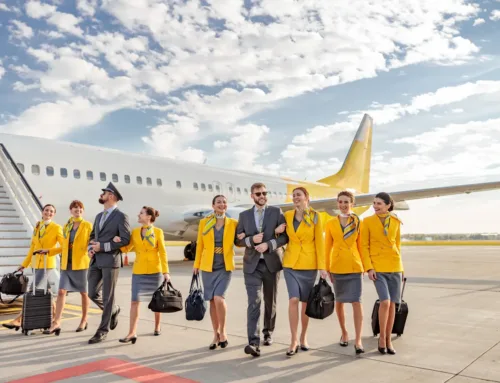Safety is paramount in the aviation industry, and it is crucial to maintain the highest standards to ensure the well-being of passengers, crew, and aircraft. Safety management plays a pivotal role in achieving and maintaining a robust safety culture. By implementing effective safety management practices, aviation organizations can mitigate risks, prevent accidents, and continuously improve safety performance. This article explores the advantages of safety management in flight operations and highlights its significance in the aviation industry.
Risk Identification and Mitigation:
Safety management systems enable proactive identification and assessment of potential risks and hazards. By conducting thorough risk assessments, aviation organizations can develop strategies to mitigate or eliminate these risks. This proactive approach allows for the implementation of appropriate preventive measures, reducing the likelihood of accidents or incidents.
Safety Culture and Awareness:
Safety management fosters a culture of safety within aviation organizations. By promoting safety as a core value, it encourages all employees to be vigilant and proactive in identifying and reporting safety concerns. A strong safety culture creates an environment where everyone takes responsibility for safety, leading to enhanced situational awareness and a collective commitment to upholding high safety standards.
Incident Reporting and Investigation:
Safety management systems facilitate the reporting and investigation of incidents, accidents, and near-misses. Through a confidential and non-punitive reporting system, individuals can freely share information about potential safety issues without fear of reprisal. Timely reporting and thorough investigation of incidents provide valuable data for analysis, enabling organizations to identify trends, root causes, and opportunities for improvement.
Continuous Improvement:
One of the key advantages of safety management is its focus on continuous improvement. By analyzing safety data, organizations can identify patterns, trends, and areas for enhancement. Through the implementation of corrective actions and regular safety audits, aviation operators can continually refine their processes, procedures, and training programs to ensure they remain aligned with the best safety practices.
Regulatory Compliance:
Safety management systems help aviation organizations comply with stringent regulatory requirements. These systems provide a structured framework for implementing safety policies, procedures, and practices that align with regulatory standards. By maintaining compliance, organizations demonstrate their commitment to safety and minimize the risk of regulatory penalties.
Operational Efficiency:
Effective safety management contributes to operational efficiency. By identifying and mitigating risks, organizations can reduce disruptions caused by incidents or accidents, resulting in improved on-time performance. Additionally, safety management fosters a culture of efficiency, where standard operating procedures are developed, followed, and continually reviewed to optimize operational effectiveness.
Reputation and Customer Confidence:
A strong safety management system enhances an organization’s reputation and instills confidence in its customers. Passengers value airlines and charter operators that prioritize safety, as it provides reassurance and peace of mind during their travels. By establishing a solid safety record and maintaining high safety standards, aviation organizations can build trust, customer loyalty, and a positive brand image.
Conclusion:
Safety management is an integral part of the aviation industry, offering numerous advantages to organizations and stakeholders. By prioritizing risk identification and mitigation, promoting a safety culture, enabling incident reporting and investigation, and driving continuous improvement, safety management enhances operational efficiency, regulatory compliance, and customer confidence. Embracing safety management as a core value leads to safer skies, reinforcing the industry’s commitment to protecting lives and maintaining the highest standards of aviation safety.





Deja tu comentario